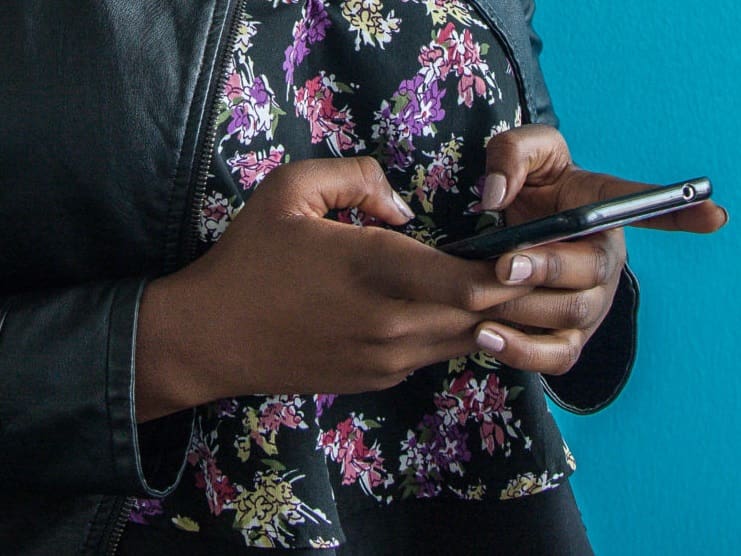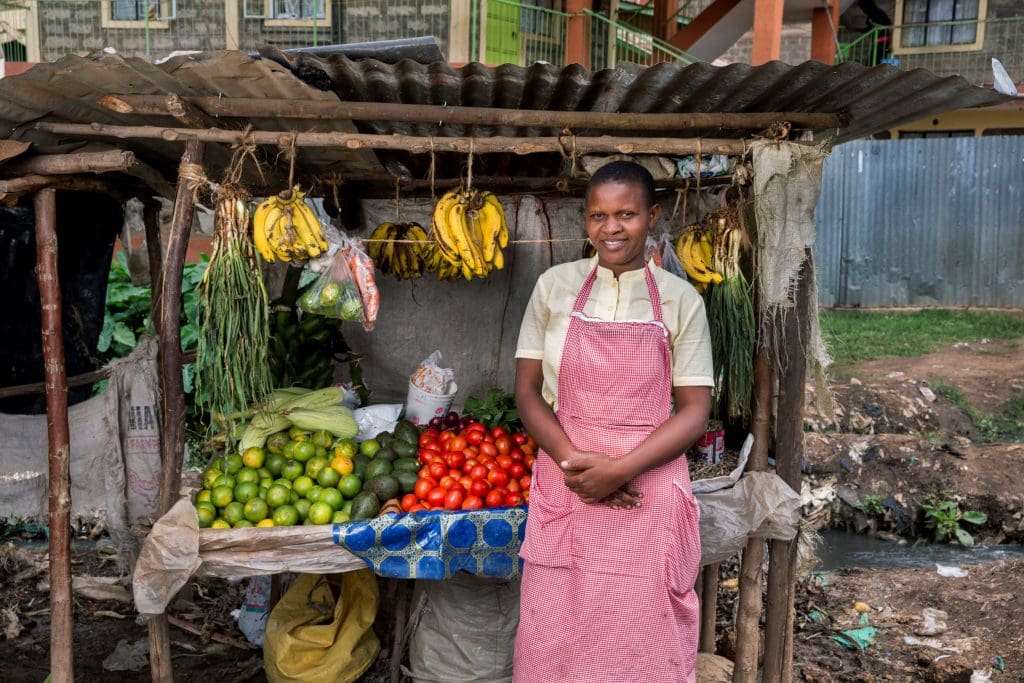
Technology & digital transformation during COVID-19: The missing link in advancing gender equality in Kenya
Care economy, Economic Opportunity & Security, Education, Employment and Enterprises, Health, Mental Health, Women in the Value Chain
09 July 2021
Media Contact
By Serah Nduta, Carolyne Ajema & Laura Hinson

Recent data suggest that the digital divide[1] is growing wide, with fewer than 1 in 5 people being connected in low- and middle-income countries. There are disproportionate impacts of this divide for women in comparison to men. Discrimination, harmful social norms, the education divide, geography, and lack of motivation are some of the key factors that impact women’s choices, abilities, and opportunities to access and use technology to bridge the gender gap. Technology and digital transformation are demonstrably great enablers for gender equality, women’s empowerment, sustainability, and advancement. But where are we on this in the face of the pandemic?
COVID-19 has brought serious and unique challenges to the world, re-emphasizing the importance of digital technology and connectivity. Technology use and digital transformations have become the new normal on many fronts in the face of the pandemic. COVID-19 containment measures implemented by governments have seen various stakeholders—including policymakers, entrepreneurs, workers, academia, students, and families—adapt alternatives to access services and information in their work and personal lives. Digital platforms have come in handy in facilitating remote learning, work-from-home, business, and service provision such as health, banking, market access, and entertainment.
But what do these digital transformations mean for women with limited or no access? And what defines a woman with limited or no access? First, a woman with limited or no access does not own digital devices (e.g., mobile phone, tablet, computer), either because she cannot afford to buy or is not allowed to own these due to socio-cultural and gendered norms within the household or community. Second, even when a woman owns a digital device, her use could be highly controlled at the household and or community level. Third, lack of necessary education and digital skills denies women the opportunity to use and capitalize on digital devices and the internet. Fourth, the cost of using the internet remains a major barrier for women’s connectivity. And COVID-19 has laid bare broad-based gender inequities in the digital space.
The world of work & the digitization of work environments

The pandemic has exposed alarming, gendered inequalities for the world of work, especially related to connectivity. For many female entrepreneurs in the formal and informal sector, the lack of information, knowledge, and skills to understand, acquire, and utilize digital tools for their business operations—to support market access and identification of new delivery channels for their products—has led to lost income and livelihoods, further exacerbating inequalities compared to men. Where technology is available and women have requisite tools, the increased care burden due to the closure of schools and daycare centers has further resulted in a conflict in work-life balance.
In Kenya and many parts of the globe, the female labor force is characterized by precarious insecure jobs, with low pay and poor working conditions, and they are largely manual. Automation of certain work functions—due to the Ministry of Health COVID-19 protocols around social distancing—has meant that women are the first to lose their jobs. Compounded economic impacts were felt by women who remain overrepresented in sectors that were hardest hit by the pandemic, including retail, hospitality, entertainment, and the informal sectors.
Inequities in accessing health care
The digital gender divide had far-reaching ramifications for women in need of health services at the onset of the pandemic. Many girls and women in Kenya have since been unable to utilize the existing digital space for access to tele-counselling and tele-medicine when they most need them. The lack of access to mobile phones has also meant difficulty in reporting cases of abuse. For girls and women with access to and use of digital tools, online intimidation and violence present a real possibility of mental distress, physical harm, and safety concerns.
Closing the digital gender divide
In building forward better, digital literacy[2] and the role of digital platforms cannot be overlooked. Digital platforms are and continue to play a key role in conveying information and increasing access to services and learning opportunities. Women must not be left behind. For Kenya to close the digital gender gap, we will need to move from words to action by taking the following measures:
- invest and scale-up easy-to-use, low-cost technologies and digital training for girls and women, while safeguarding their online privacy and safety;
- design and implement interventions focused on breaking harmful cultural and gender norms that keep women offline and without access; and
- develop policies, programs, and tools that confront barriers to gender equality in digital access, use, and safety.
[1] Digital divide refers to the gap between those with access to information and communication technologies and the internet, and those without.
[2] Digital literacy refers to the ability to find, evaluate, utilize, share, and create content using information technologies.
